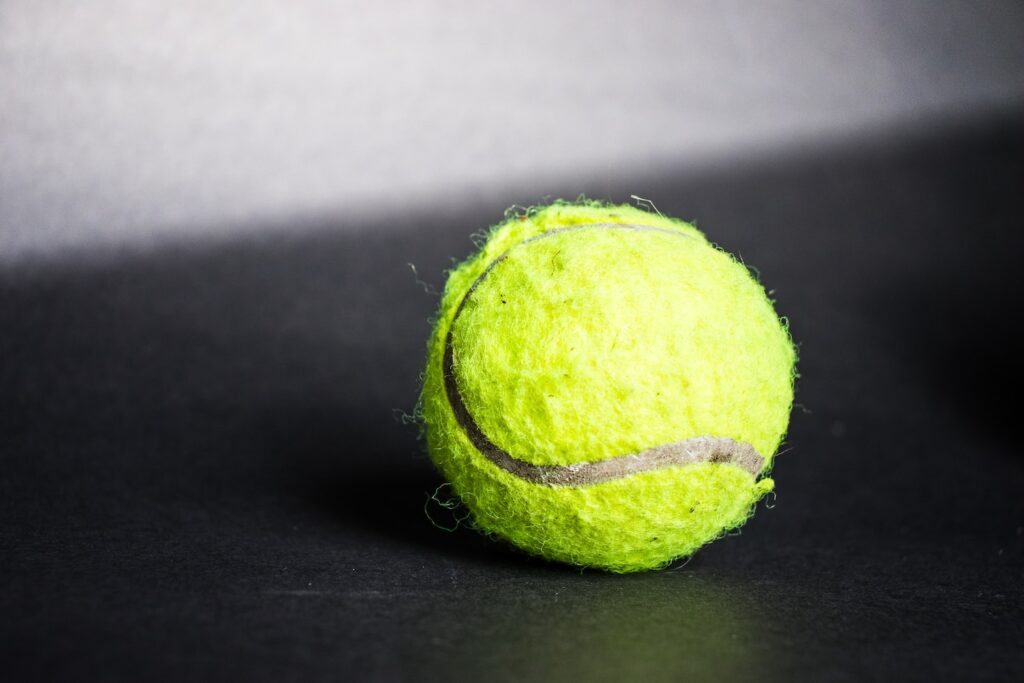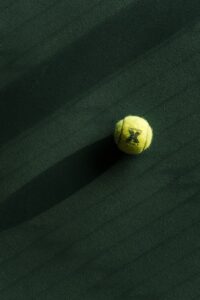Exploring the Unique Characteristics of Padel Balls in Comparison to Tennis Balls
3 min read
Exploring the Unique Characteristics of Padel Balls in Comparison to Tennis Balls
The Battle of the Balls: Padel Ball vs. Tennis Ball
As a self-proclaimed “padelholic” and avid player, one of the first things I noticed when I started playing padel was the difference in the balls used compared to tennis. Padel balls may look similar to their tennis counterparts, but don’t be fooled by their appearance. They have their own set of unique characteristics that contribute to the game’s thrilling experience. In this article, we will dive into the world of padel balls and explore what sets them apart from tennis balls.
The Core: The Heart of a Padel Ball
Let’s start with the core – the heart of a padel ball. Unlike tennis balls, which have a solid rubber core, padel balls have a softer core with a pressurized air filling. This design allows for a slower ball speed, giving players more time to react and strategize during rallies. This slower pace can create longer, more exciting rallies filled with strategic shots and precise ball placement.
Moreover, the softness of the padel ball core enhances the sport’s social aspect by reducing the risk of injuries. Whether you’re a beginner or a seasoned player, you can enjoy a game without worrying about sore shoulders or wrists.
The Felt: A Padel Ball’s Outer Layer
Now, let’s move on to the felt, the outer layer of the padel ball. While both padel and tennis balls feature felt, the felt on a padel ball is thicker and made of a higher-quality material. This thicker felt enables the ball to grip the court surface better, providing players with excellent control and spin. Whether you’re executing a wicked topspin shot or a devious slice, the padel ball’s felt ensures your shots will have precision and flair.
This enhanced grip also makes the padel ball less affected by weather conditions. Even on a hot summer day or a windy afternoon, the ball will maintain its grip, allowing for a consistent and fair game.
The Bounce: Unique to Padel
If you’ve ever played tennis, you know that a good amount of the sport relies on powerful serves and high bounces. In padel, however, things work a little differently. Padel balls have a lower bounce compared to tennis balls, mostly due to the softer core and thicker felt. This lower bounce adds a new dimension to the game, requiring players to adapt their footwork, stroke technique, and anticipation skills. It’s all about adapting, adjusting, and embracing the unique challenges that padel brings.
Adapting Your Strategy
So, how does all this information on padel balls affect your game? Well, it means you’ll have to adapt your strategy! In padel, rallies tend to be longer and more focused on shot placement rather than sheer power. Use the slower speed to your advantage and focus on strategic shots. Aim for the corners, use spin to manipulate the ball’s trajectory, and watch your opponent scramble to return it.
Also, don’t forget to take advantage of the lower bounce. Stay low to the ground, use quick footwork, and anticipate where the ball will land. Mastering these adaptations will help you become a formidable padel player, outsmarting your opponents with finesse and strategy.
Conclusion
So there you have it, an exploration of the unique characteristics of padel balls in comparison to tennis balls. The softer core, thicker felt, and lower bounce all contribute to the distinct nature and excitement of the padel game. The next time you step onto the court, armed with your padel racket, embrace the unique challenges and opportunities that padel balls bring. Whether you’re playing for fun or competing at a professional level, understanding and utilizing the qualities of padel balls will surely elevate your game to new heights. See you on the court!






